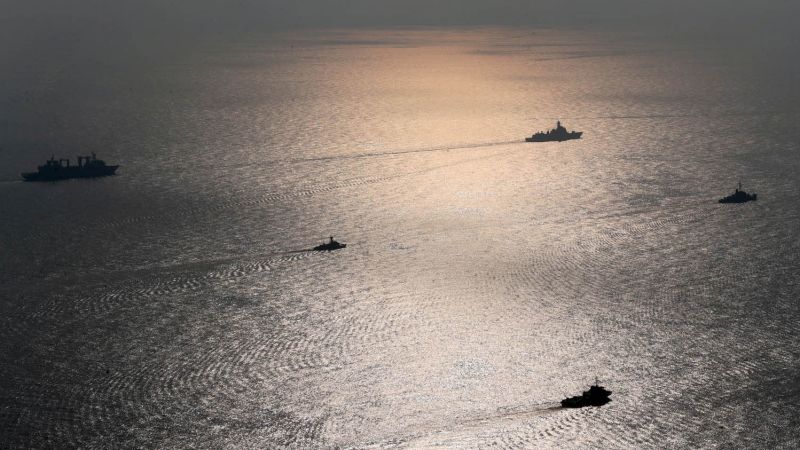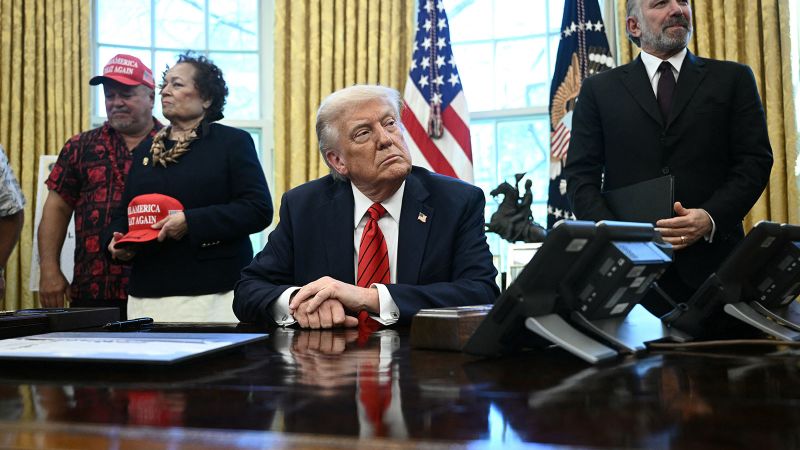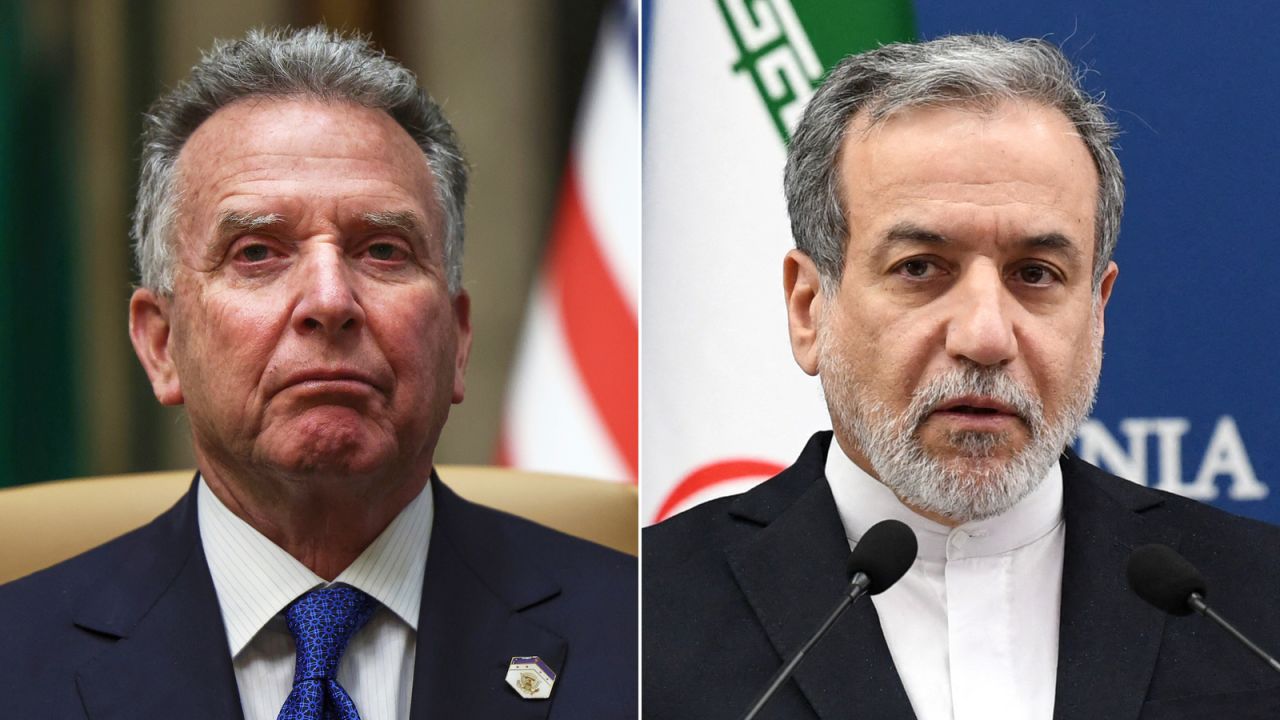Hong Kong
CNN
—
Warships from Iran, China and Russia kicked off their annual joint exercises in the Gulf of Oman on Monday, showing off their military ties as US President Donald Trump upends longstanding Western alliances.
The “Security Belt-2025” drills, taking place near the Iranian port of Chabahar, is the fifth joint naval exercise Iran, China and Russia have held since 2019, according to Chinese state media.
Analysts have long seen the drills as a demonstration of the growing partnership among the three authoritarian powers as they seek to counterbalance US influence and challenge the Western-led global order.
But this year, the optics are even more pronounced as Trump disrupts the transatlantic alliance – a cornerstone of Western security for decades – by embracing Russia at the expense of Ukraine, and pushes Asian allies to pay more for US protection.
Asked about the drills on Sunday, Trump said he is “not at all” concerned about the show of force by the three US adversaries.
“We’re stronger than all of them. We have more power than all of them,” he told Fox News aboard Air Force One.
Concerns have been mounting in Washington about the emerging strategic partnership among China, Russia, Iran and North Korea, which US lawmakers have described as an “axis of authoritarianism,” “axis of autocrats” and “axis of dictators.”

The fear is that a shared animosity toward the US is increasingly driving these countries to work together – amplifying the threat that any one of them alone poses to Washington or its allies, not just in one region but perhaps in multiple parts of the world at the same time.
At the same time, Trump has openly embraced Russian counterpart Vladimir Putin in a bid to end the war in Ukraine by talking directly to Moscow while leaving Kyiv and European allies on the sidelines.
Russia and North Korea’s military relationship has strengthened considerably over the last year, with the two signing a mutual defense agreement and Pyongyang sending its troops to fight for Moscow in its invasion of Ukraine.
The drills also come amid heightened tension between US and Iran.
Since returning to the White House, Trump has restored what he calls his “maximum pressure” campaign on Iran that includes efforts to drive its oil exports down to zero in an attempt to stop Tehran from obtaining a nuclear weapon – a move denounced by Tehran as “bullying” tactics.
The Gulf of Oman is a crucial gateway connecting the Indian Ocean and the Strait of Hormuz, through which more than one-quarter of the world’s seaborne traded oil passes.
The US maintains its own significant presence in the region via the Fifth Fleet which is based out of nearby Bahrain.
Russia’s Defense Ministry said the joint naval exercises will involve 15 combat ships, support vessels and gunboats, as well as helicopters, according to state news agency TASS.
“The Russian side is represented by the Rezky and Russian Hero Aldar Tsydenzhapov corvettes, and the Pechenega tanker of the Pacific Fleet,” the ministry is quoted as saying.
China, meanwhile, deployed the Type 052D guided-missile destroyer Baotou and supply ship Gaoyouhu from a nearby naval escort task force to take part in the exercise, the Chinese Defense Ministry said in a statement.
The drills, with an aim to “enhance military trust and strengthen practical cooperation,” will include simulated strikes on maritime targets, visit-board-search-seizure operations and search and rescue drills, the ministry added.
Iran has sent a stealth missile corvette and a patrol ship, according to Iranian state media.
























